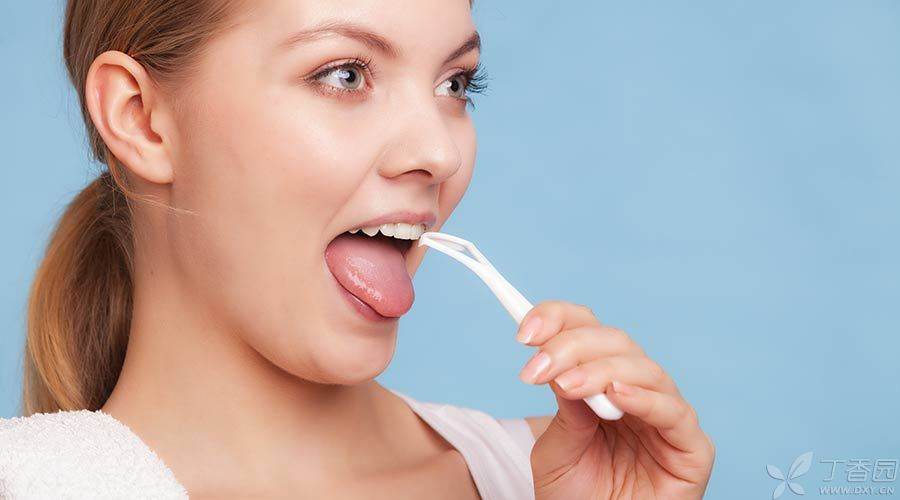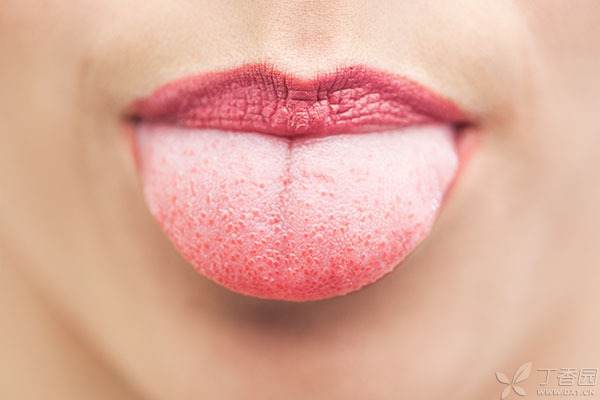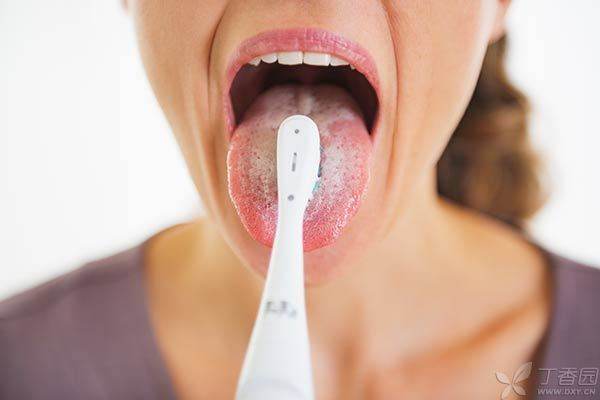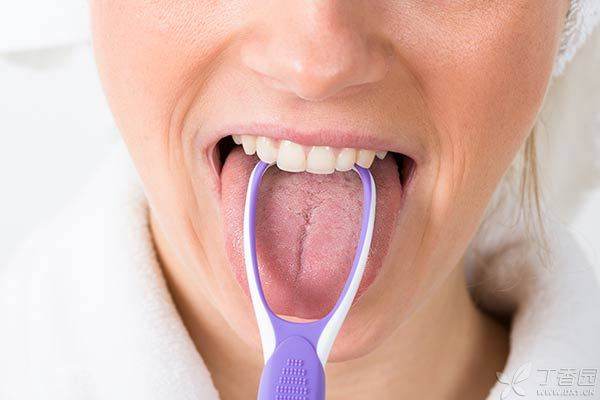
Tongue, this red and soft thing, is not only an essential and quite efficient [tableware] for us to eat, but also an important organ to assist human pronunciation. For human beings, tongue can even… promote emotional communication. Without tongue, our life is really unimaginable!
[Tongue Coating] Is it what?
The body of a soft tongue is strong and powerful muscle, while the surface is specialized mucosal tissue. Under the microscope, we can see various papillary structures, some of which contain the structure of taste buds. That is, we can taste all kinds of delicious food by relying on taste buds.
Looking in the mirror, we can often see that our tongue is covered with a pale white substance, which is what we often hear. It covers the surface of the tongue like a layer of clothes.
Its composition is relatively complex, mainly composed of exfoliated epithelial cells, exuded white blood cells, food residue, bacteria and saliva. It is a bit like [dandruff] on our tongue.
Under normal circumstances, due to the metabolism of the human body, the old epithelium will gradually fall off, while the young epithelial cells will gradually mature. This new-old alternation is in a balanced state.

What are the abnormal [tongue coating]?
The tongue coating can be seen by almost everyone, thin or thick, with colors ranging from pale white to yellowish brown and even black. However, a healthy tongue should be pink and covered with a light white tongue coating without eating various colored foods.
The older you get, the thicker the tongue coating will be for patients with obvious periodontitis and smokers, and the more likely you will have darker coloring.
It is worth noting that the tongue coating is too thick and disappears, as well as some abnormal tongue coating manifestations.
1. [Mirror Tongue]
Often occurs among middle-aged and elderly women. The surface of the tongue is as smooth as a mirror, the back of the tongue is red, and the existence of tongue coating cannot be seen at all. This is actually a disease called [atrophic glossitis]. The etiology is mostly caused by systemic diseases, such as Sjogren’s syndrome, some anemia, and lack of nutrition. Some patients are caused by Candida, an infection of which causes the symptoms.
2. [Tongue coating] should be distinguished from some [oral mucosal diseases]
Thrush often occurs in children, especially infants, including milk-colored patches on the tongue and other oral mucosa-this is not [tongue coating]! This is due to oral candida infection caused by pseudomembrane, if the pseudomembrane is wiped off hard, you can see a red wound surface without bleeding under it. In this case, young parents should take their babies to see a doctor quickly.
There are also some abnormal symptoms that may occur on the tongue, such as [oral leukoplakia] [lichen planus], which are not [tongue coating], but are easily ignored and mistaken for tongue coating, eventually delaying the disease. Therefore, it is necessary to conduct a routine and comprehensive examination of the oral cavity.

Do you want to brush your tongue when brushing your teeth?
To get back to the point, should we brush our tongues while brushing our teeth? Yes!
1. Tongue coating is the medium for bacteria.
There are many bacteria living on the tongue coating, some of which are pathogenic bacteria causing tooth decay, periodontitis and other diseases. There are also a large number of studies that show that quite a few bacteria in the tongue coating decompose proteins and produce stinky sulfur compounds, which are extremely embarrassing in social life.
Brush your tongue lightly while brushing your teeth, that is, remove some [tongue coating] by mechanical force, especially various bacteria mixed in it, which can effectively reduce halitosis.
2. Brush your tongue not too hard
It is worth noting that the power of brush tongue should not be too large, otherwise it will also hurt normal epithelial cells. Various tongue scraping plates have appeared on the market, and some toothbrush bristles will also have rubber tongue brushing areas on the back. These methods are safer and more effective than directly using brush tongue.

How to brush your tongue correctly?
-
Spit out your tongue, because the tongue coating often exists at the back of the tongue, near the pharynx, so the longer you spit out your tongue, the better!
-
Place the tongue scraper at the back of the tongue and try to scrape to the root of the tongue, but it is very likely that there will be obvious pharyngeal reflex, i.e. Vomiting impulse. Therefore, this action needs to be practiced very much.
-
Slowly slide the scraper to the front of the tongue and maintain a certain pressure.
-
Rinse the tongue scraper under running water and repeat several times until no more tongue coating can be removed.
Responsible Editor: Ji Lingyan
